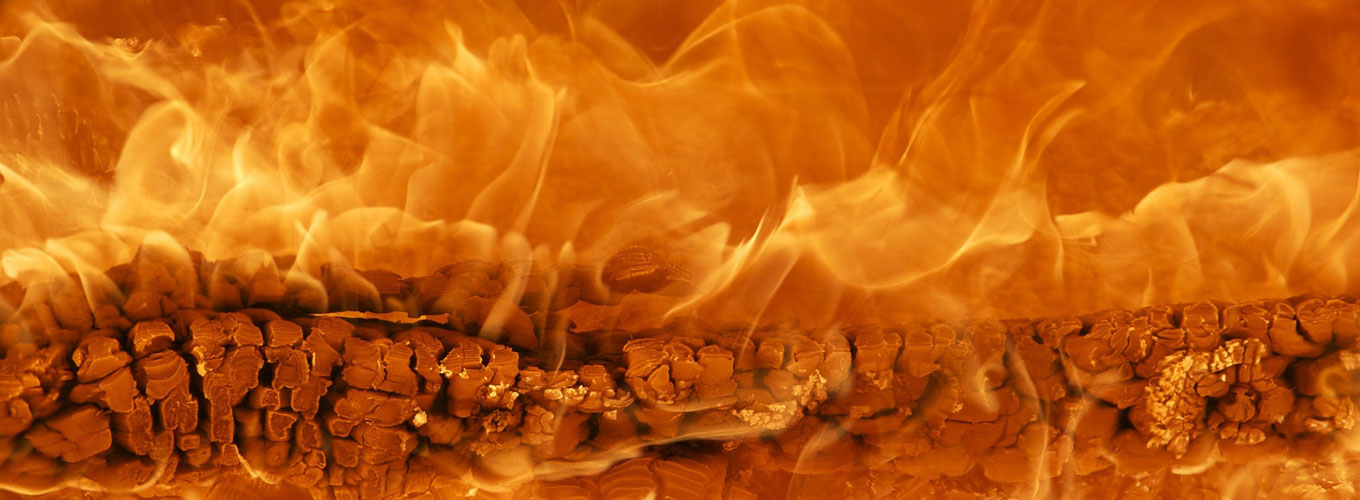Social dimension of natural disasters
By bringing natural hazards into dialogue with cultural geography, Dr Christine Eriksen has become an internationally recognised leader in the field of disaster geographies.
Eriksen’s research focuses on social dimensions of natural disasters at scales ranging from individual households and community networks to official management agencies. Essentially, she examines how people engage with social and environmental uncertainty in everyday life.

Her conviction in her own career journey began on a beach in southwest India, where she was conducting fieldwork interviewing small-scale fishermen on the impact of tourism on their livelihood.
It was a far cry from the gloomy lecture theatres of her undergraduate studies, though it was an engaging talk by a human geography professor in one of these lectures that led her to pursue the same discipline.
“Watching the shimmering light on the horizon above the Arabian Sea, it struck me how my outlook on life had changed profoundly through the research and teaching philosophies that academic life had exposed me to. This feeling continues to inspire and motive me today,” she said.
Her collaborative work crosses interdisciplinary teams of human and physical geographers, ecologists, sociologists, engineers, Indigenous land stewards, disaster researchers and practitioners.
Her book, Gender and Wildlife: Landscapes of Uncertainty, is a cutting edge exploration of how intersecting social characteristics affect coping capacity. She argues, for example, that the bushfire emergency in Australia is not just an environmental crisis but rather it has social, ethical and political causes hidden in embedded vulnerability, social norms and institutional structures.
Dr Eriksen believes these are critical obstacles to bushfire preparedness, response and recovery. Her research has triggered a range of media interest with a large focus on why gender matters in emergency management. By opening up perspectives, she hopes to impact, inspire and empower others through her work.
Copyright © 2016 University of Wollongong. CRICOS Provider No: 00102E Privacy | Disclaimer & Copyright Info | Site Map

